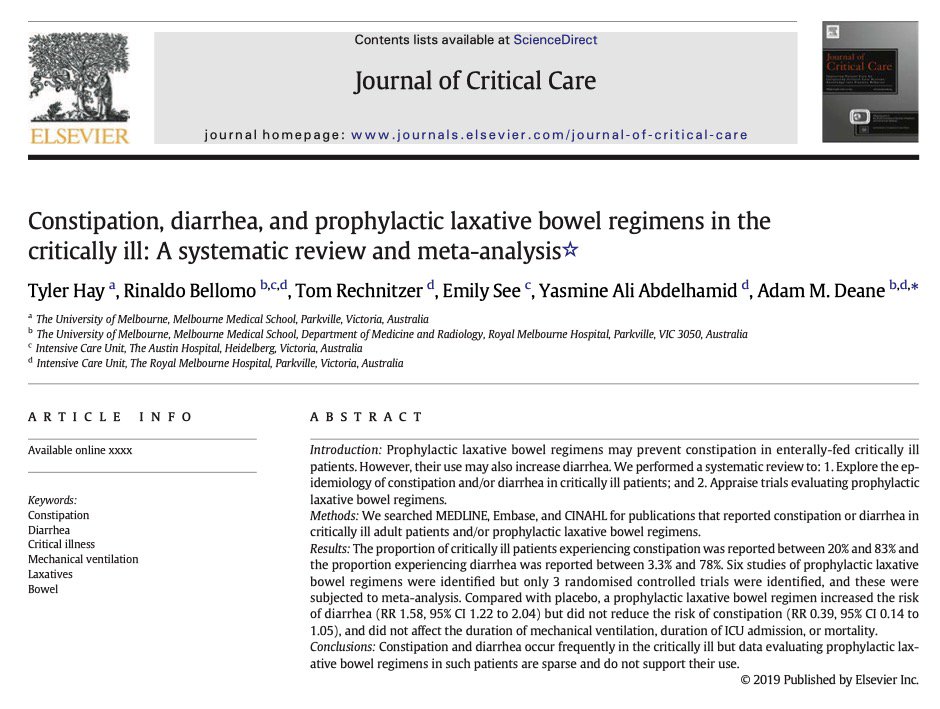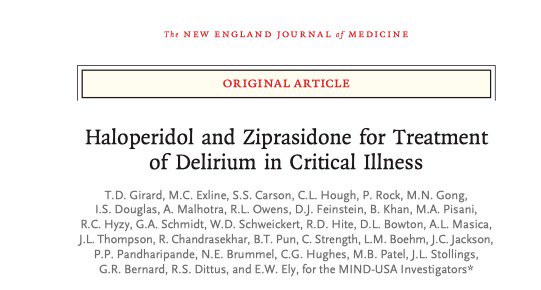These concepts will apply to critically ill COVID-19 patients that are developing concurrent respiratory and cardiac failure.
1/10
2/10
Careful/slow PEEP titration is imperative, as it is difficult to predict at what level RV stroke volume will be adversely affected.
5/10
8/10
10/10


















